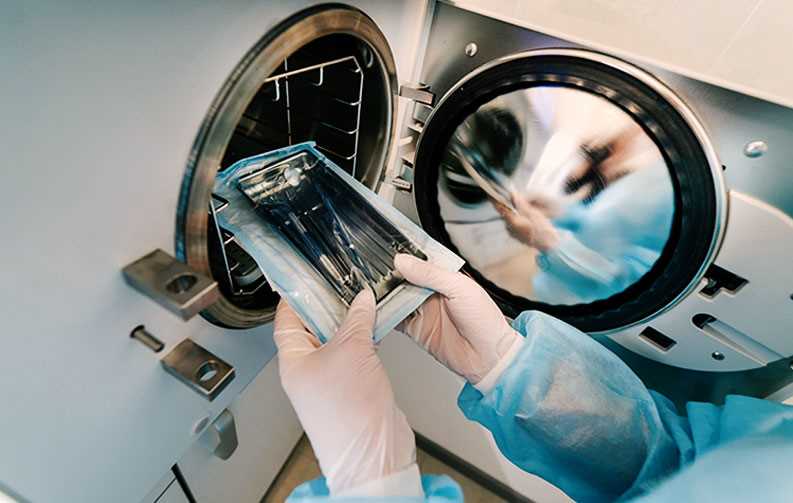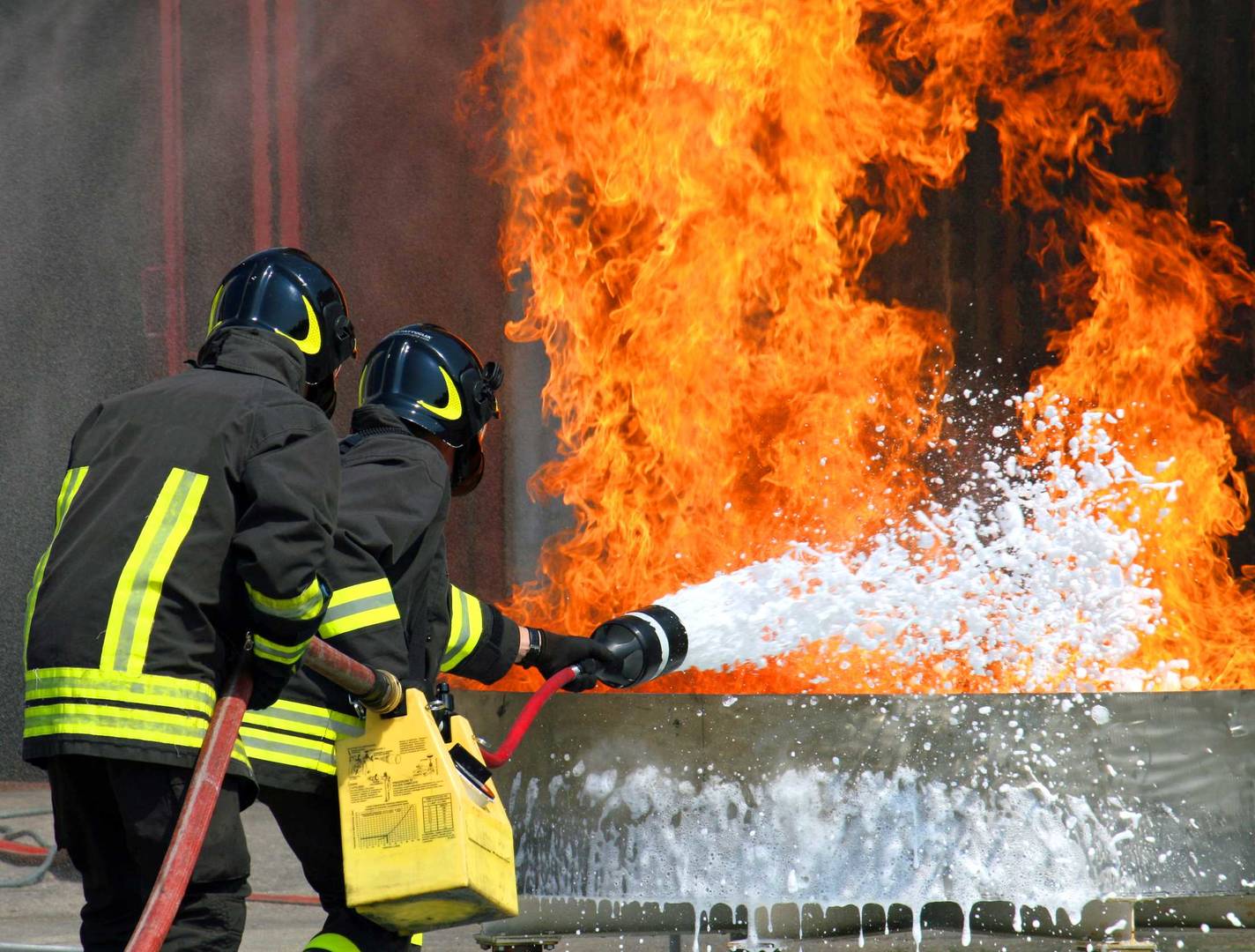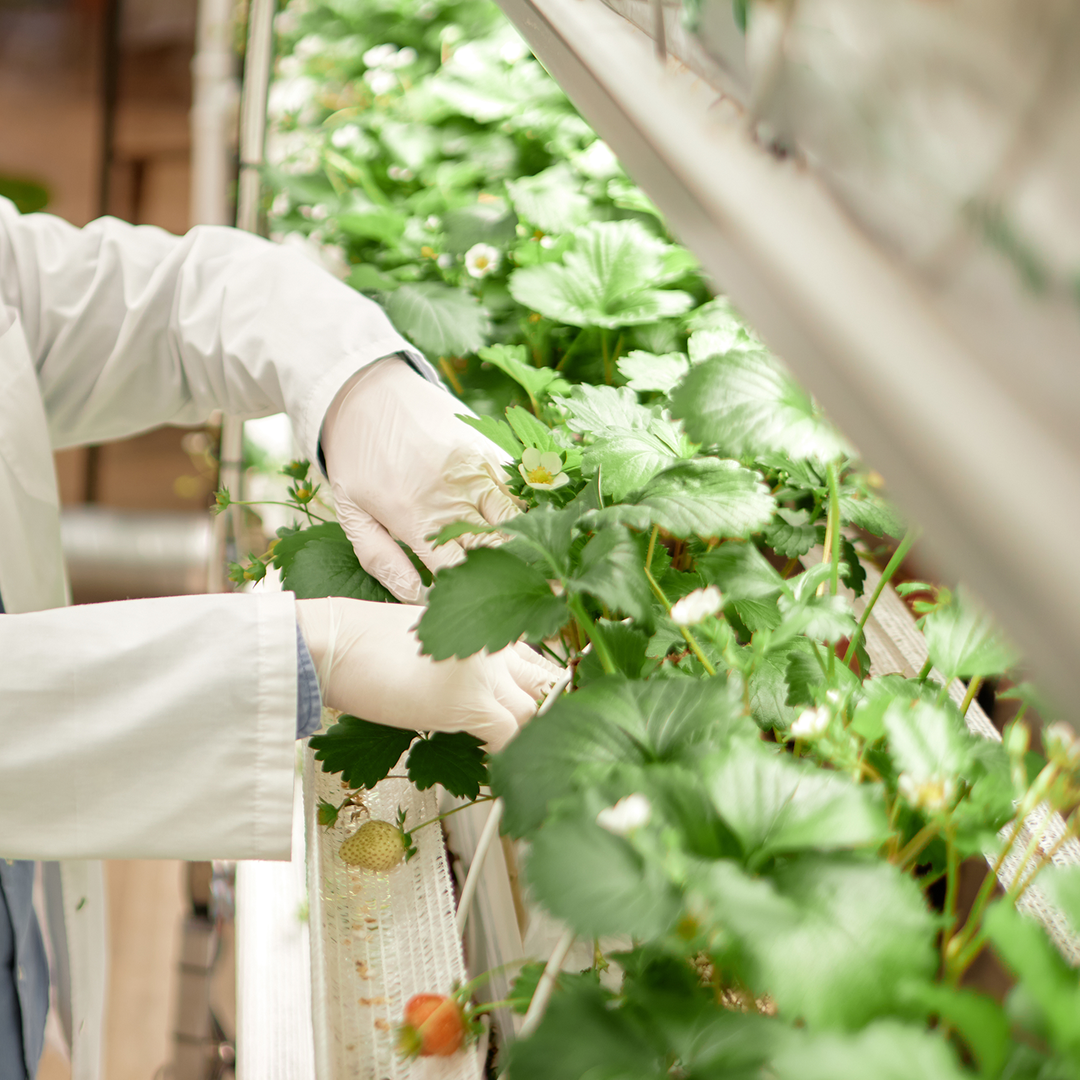EnviroMail 154 Australia
Water quality analysis for compliance with AS 5369: 2023 including bacterial endotoxins
In December 2023, AS/NZ 4187:2014—Reprocessing of reusable medical devices in health service organisations was superseded by AS 5369 Reprocessing of reusable medical devices and other devices in health and non-health related facilities.

The objective of the Standard is to ensure that Reusable Medical Devices (RMDs) that are reprocessed by Health Service Organisations (HSOs) are adequately cleaned, disinfected and/or sterilised to protect patients. The standard recognises the important role compliant water quality plays in achieving this objective. Tables 7.2 and 7.3 document the required analysis and their maximum concentration levels. ALS has full analytical capabilities to perform all Table 7.2 and 7.3 analyses.
TABLE 7.2: Final rinse water—manual cleaning, manual disinfection and washer-disinfectors
| Substance | Specifications |
| pH | 5.5-8.0 |
| Conductivity at 20°C | ≤ 30 µS/cm |
| Total hardness | ≤ 10 mg CaCO3/L |
| Chloride | ≤ 10 mg/L |
| Iron | ≤ 0.2 mg/L |
| Phosphates (molybdate reactive) | ≤ 0.2 mg/L |
| Silicates (molybdate reactive) | ≤ 1.0 mg/L |
| Total viable count* | ≤ 100 cfu/100mL |
| Endotoxin | ≤ 0.25 EU/mL |
*Total viable count (TVC) is tested in accordance with ISO 15883-1
TABLE 7.3: Final rinse water—washer-disinfectors in accordance with ISO 15883-4 for thermolabile endoscopes
| Substance | Specifications |
| Total viable count* | ≤ 10 cfu/100mL |
| Pseudomonas aeruginosa | Not detected / 100mL |
| (Atypical) Mycobacterium sp. | Not detected / 100mL |
| Chemical purity | In accordance with WD technical specifications |
| Endotoxin | ≤ 30 EU/mL |
ALS can also perform all tests outlined in AS 5369, Table 7.4 – Feedwater to a dedicated steam generator—for steam sterilisers.
Bacterial endotoxins
Perhaps the most discussed addition to AS 5369:2023 Table 7.2, is the requirement for HSO’s to analyse final rinse water for the presence of Bacterial Endotoxins. Bacterial Endotoxins are high molecular weight lipopolysaccharides found in the cell wall of Gram-negative bacteria. The heat stable toxin can illicit serious immune responses in humans and animals and can be transferred to patients via invasive procedures if they are present on RMDs. Endotoxins are released by Gram-negative bacteria as a defense mechanism and upon cell death which is why it is important to monitor both the Total Viable Count (TVC) (heterotrophic bacteria) and Endotoxin levels within your water system. Localised heating of water before it is used in a washer may eliminate TVC. However, as the bacterial cell walls will be disrupted, the level of Endotoxins detected will increase.
Bacterial Endotoxins can be detected and quantified by monitoring a known interaction to limulus amoebocyte lysate (LAL) extracted from the blood of a horseshoe crab. LAL in the presence of Bacterial Endotoxins naturally coagulates. ALS currently offer two NATA accredited LAL techniques for analysing Endotoxins, both comply with European Pharmacopoeia (EP) 2.6.14.
1. Kinetic chromogenic method
ALS Melbourne (Scoresby) and Adelaide Microbiology Laboratories offer QWI-MIC.MM330: Detection and Quantification of Bacterial Endotoxins in Water by Kinetic Chromogenic Analysis (EP 2.6.14 Method D). This method is a rapid assay and the standard curve is inbuilt into the software which eliminates variability between analysts and potential errors. The Limit of Reporting (LOR) for this method is 0.01 EU/mL when the sample is analysed undiluted, however, routinely the sample is diluted to report a LOR 0.20 EU/mL which complies with the specifications ≤0.25 EU/mL detailed in Table 7.2.
2. Turbidimetric method
ALS Brisbane Microbiology Laboratory offers QWI-MIC. MW041: Detection and Quantification of Gram Negative Bacterial Endotoxins By Photometric Turbidimetric Analysis. (EP 2.6.14 Method C). The method measures the time (onset time) required for a sample to reach a predetermined optical density. The onset time is then plotted on a 3-point standard curve which is created by spiking 3 blanks in triplicate with known concentrations. The Limit of Reporting (LOR) for this method is 0.05 EU/mL when the sample is analysed undiluted.
The ALS TVC method MM686, written in accordance with ISO 15883-1, is a NATA accredited test offered at both laboratories.
Both methods enable the laboratory to report a precise number to HSO’s along with comprehensive quality control measures in place. A precise number enables HSO’s to chart and track Endotoxin concentrations within their water system.
Sample preservation and transport
Included in the analysis cost is the supply of appropriate sample containers and eskies to ensure the recommended preservation is maintained. Best practice requires the samples to be aseptically collected and maintained at a temperature between 2-8°C. Samples must be immediately dispatched to the laboratory to avoid exceeding the 24-hour recommended holding time for microbiological analysis.
| Holding time | 24 hrs for samples stored between 2-8°C |
| Turnaround time | Standard: 5 business days |
| Sample volume |
Bacterial Endotoxin: pyrogen-free vial/container |
| Sample shipping and storage | Transport sample to remain within 2-8°C using ice bricks or in a refrigeration unit |
Reporting
Get in touch with us
For any further information please contact your local client services team.
Contact us at one of our leading environmental services laboratories on the details below.























































